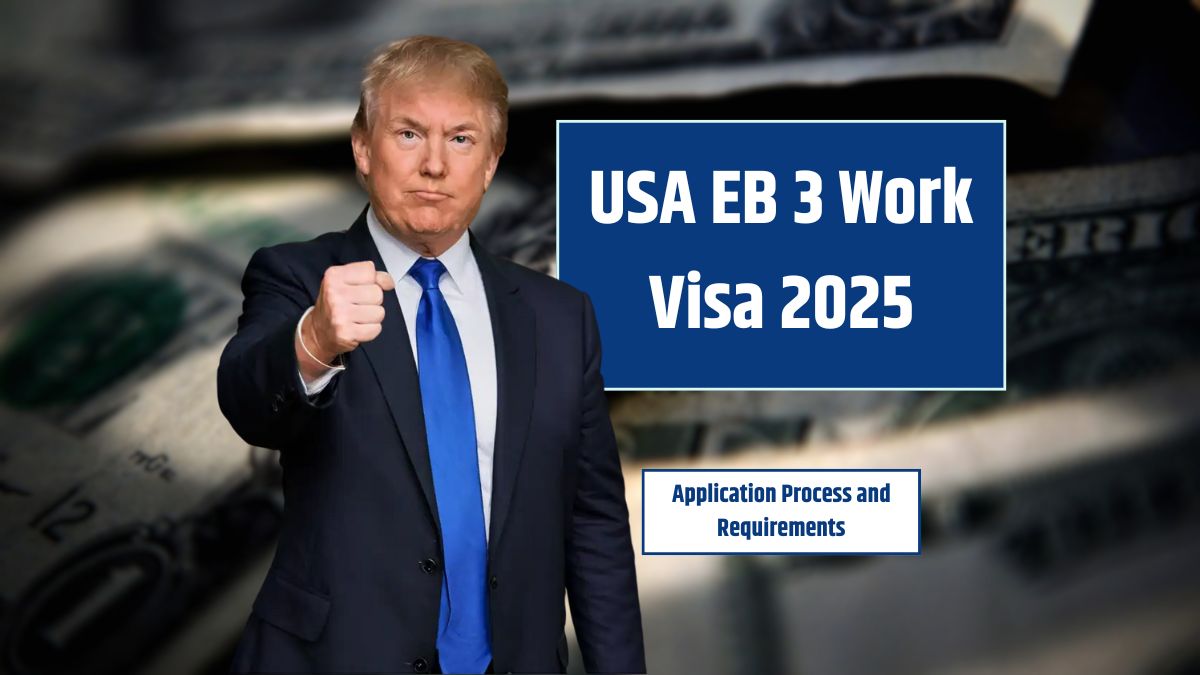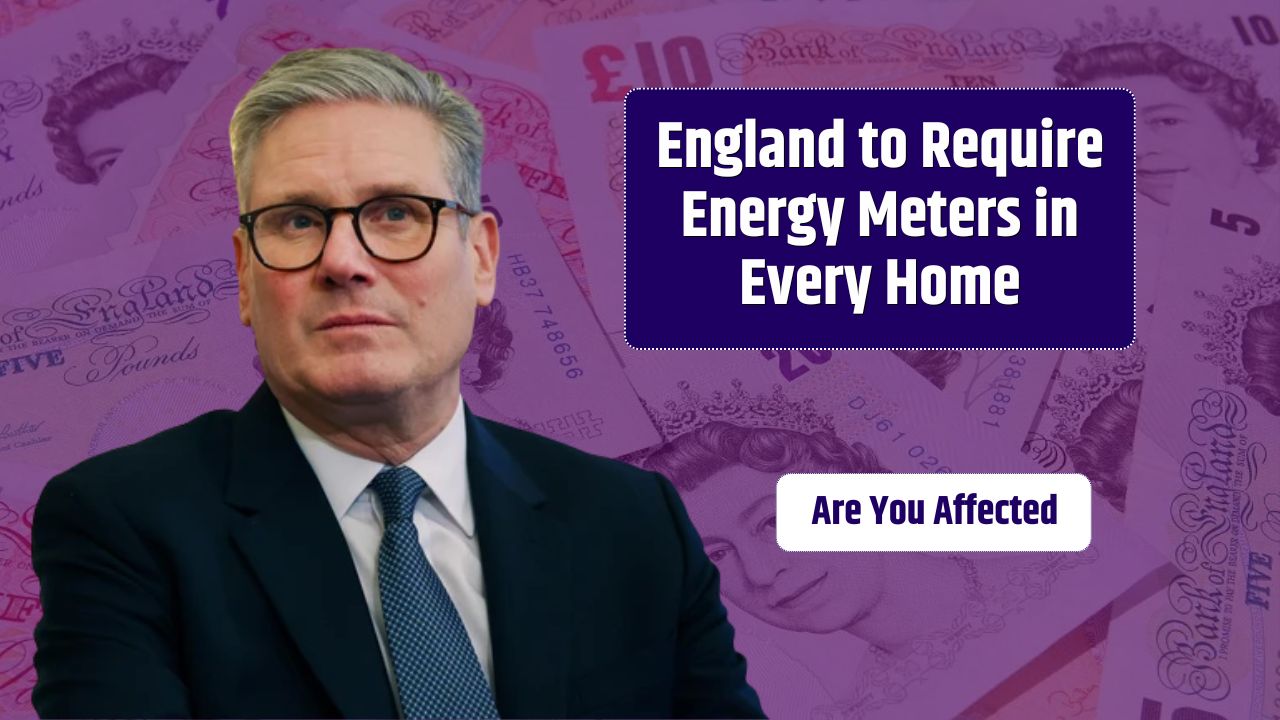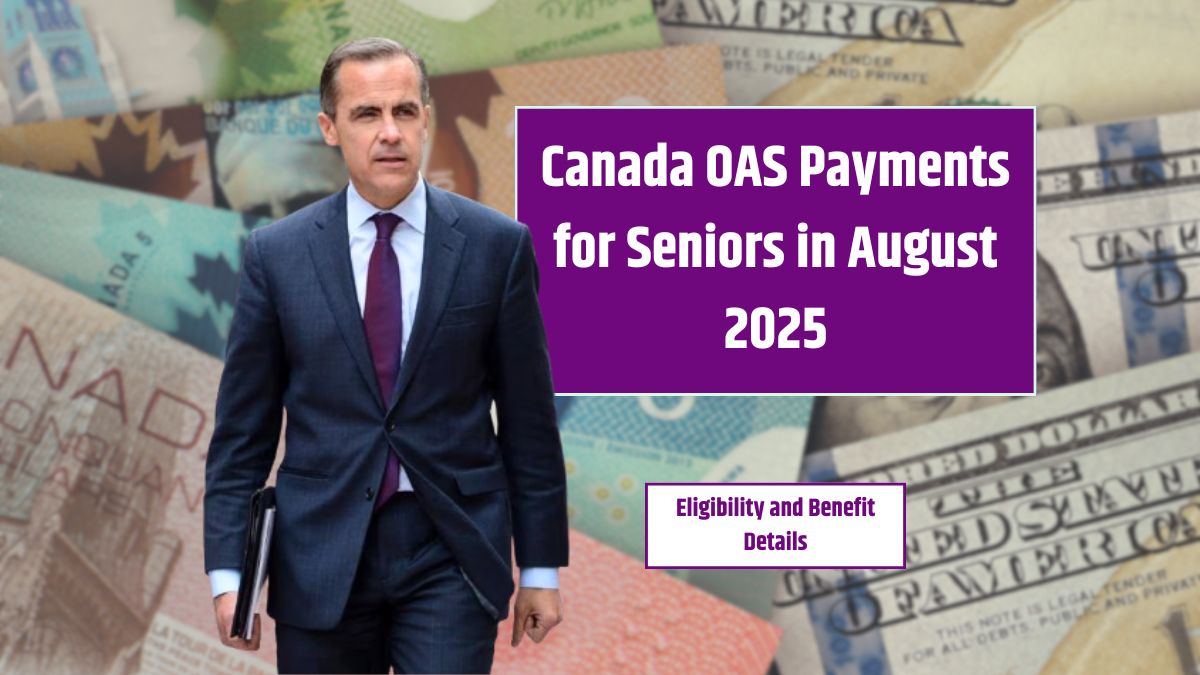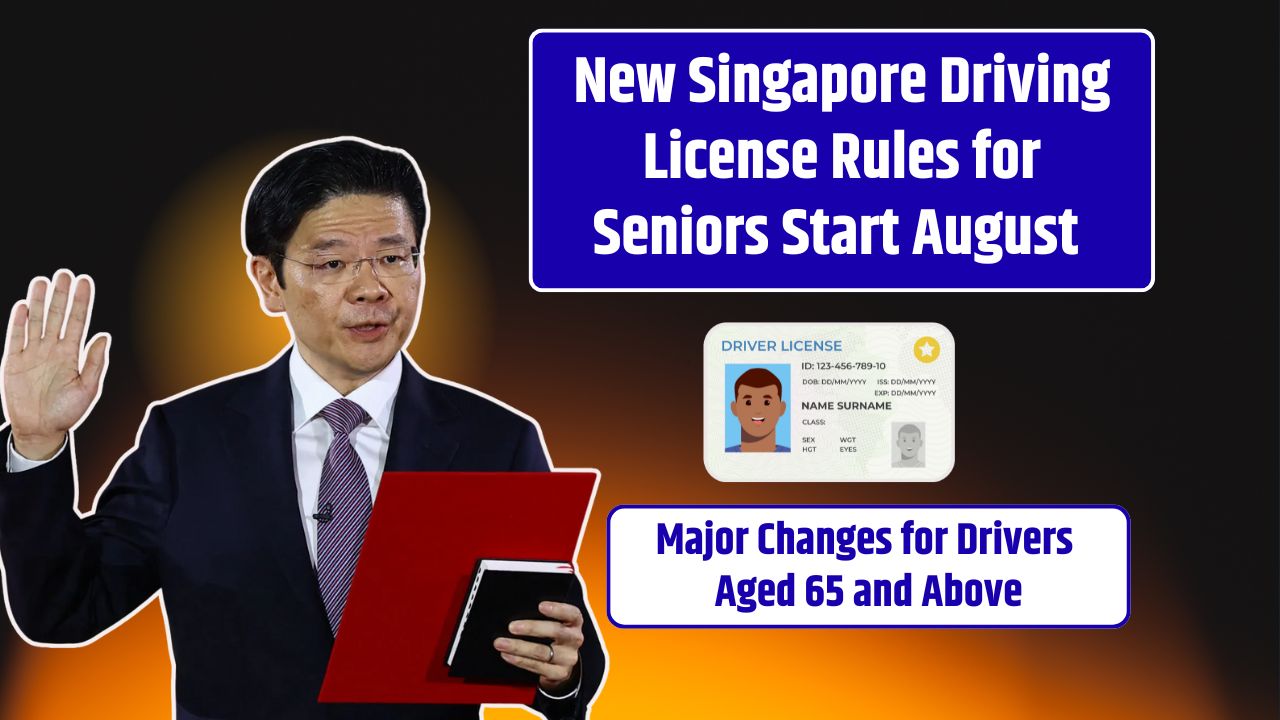The USA EB-3 Work Visa is one of the most practical immigration pathways for those looking to live and work permanently in the United States. Whether you’re a skilled tradesperson, a college-educated professional, or someone with minimal formal training, this visa could open the door to a Green Card—and a new future. If you’re planning to apply in 2025, here’s your complete, plain-English guide to how the process works, who qualifies, and how to boost your chances of success.
Table of Contents
Overview
| Key Aspect | Details |
|---|---|
| Eligible Applicants | Skilled workers, professionals, unskilled workers |
| Labor Certification | Required through the PERM process |
| USCIS Forms Needed | Form I-140 and Form I-485 (if applying from inside the U.S.) |
| Processing Time | 12 months to several years depending on nationality |
| Priority Date | Must be current as per Visa Bulletin |
| Average Total Cost | $1,500 – $4,000 (excluding attorney fees) |
| Where to Learn More | USCIS EB-3 Information |
What Is the EB‑3 Visa?
The EB-3 is an employment-based immigrant visa that leads to permanent residency (Green Card) in the U.S. It’s open to three types of applicants:
- Skilled Workers: At least two years of job experience or training.
- Professionals: Must hold at least a bachelor’s degree or its foreign equivalent.
- Unskilled Workers: Jobs that require less than two years of training or experience.
Each category has its own set of criteria, and the route you take depends on your qualifications and the U.S. employer willing to sponsor you.
Categories
You’ll need documented proof of two or more years of training or job experience in a position that isn’t seasonal or temporary. Examples:
- Plumbers
- Chefs
- Technicians
- Electricians
- Mechanics
Professionals
To qualify, you need a U.S. bachelor’s degree or a foreign equivalent in a relevant field. Work experience alone doesn’t substitute for a degree. Common roles:
- Engineers
- Doctors
- Teachers
- Architects
- Accountants
Unskilled Workers (Other Workers)
This path is open to those doing jobs that require less than two years of training. Despite the “unskilled” label, these positions often fill essential roles. Examples include:
- Housekeepers
- Cleaners
- Food service staff
- Construction helpers
This category typically has the longest wait times because of high demand and country caps.
EB‑3 Application Process
Your employer must prove there are no qualified U.S. workers available for the job and that hiring you won’t harm local wages. This is done through the Department of Labor (DOL).
File Form I‑140
Once PERM is approved, the employer files Form I-140 (Immigrant Petition for Alien Worker) with USCIS. This establishes the job offer and your qualifications.
Wait for Your Priority Date
The “priority date” is your place in line. It’s based on when the PERM was filed. You must wait until this date becomes current, according to the State Department’s monthly Visa Bulletin.
Adjustment of Status or Consular Processing
- If you’re in the U.S., file Form I-485 for Adjustment of Status.
- If you’re outside the U.S., attend a visa interview at a U.S. consulate in your home country.
Final Approval and Green Card
Once background checks, interviews, and a medical exam are done, you’ll receive your Green Card and officially become a U.S. permanent resident.
Tips for a Strong EB‑3 Application
- Get the right job offer: The employer must be real, financially stable, and able to pay the stated wage.
- Double-check your documents: Degrees, experience letters, certifications—everything must be authentic and translated if necessary.
- Keep an organized timeline: Missing deadlines can delay your case by months or years.
- Hire a trusted immigration attorney: They’ll help avoid paperwork errors, delays, or denials.
Common Mistakes to Avoid
- Incomplete PERM or I-140 application
- Inaccurate job description
- Mismatched education or experience
- Failure to monitor the Visa Bulletin
- Using a fraudulent or unstable employer
These errors could result in long delays or outright denial.
Role of an Immigration Attorney
You’re not required to hire a lawyer—but having one often makes the process smoother. An immigration attorney can:
- Help you assess eligibility
- Ensure correct paperwork
- Track and respond to deadlines
- Represent you during complications
Especially if your case is complex, legal help is worth the investment.
EB‑3 Alternatives
If the EB-3 doesn’t suit your qualifications or timeline, consider these:
- EB-2 Visa: For those with advanced degrees or exceptional abilities.
- H-1B Visa: A temporary work visa for specialty occupations.
- L-1 Visa: For company transfers from a foreign office to a U.S. branch.
Each comes with its own rules, limits, and timelines.
FAQs
Who can apply for EB-3 visa?
Skilled, professional, or unskilled workers with employer sponsorship.
Is labor certification required?
Yes, a PERM certification is mandatory before filing I-140.
How long does EB-3 processing take?
12 months to several years depending on country and category.
Can I apply for EB-3 without a job offer?
No, a valid job offer and employer sponsorship are required.
Can my family come with me?
Yes, spouse and children under 21 can apply for derivative Green Cards.


























